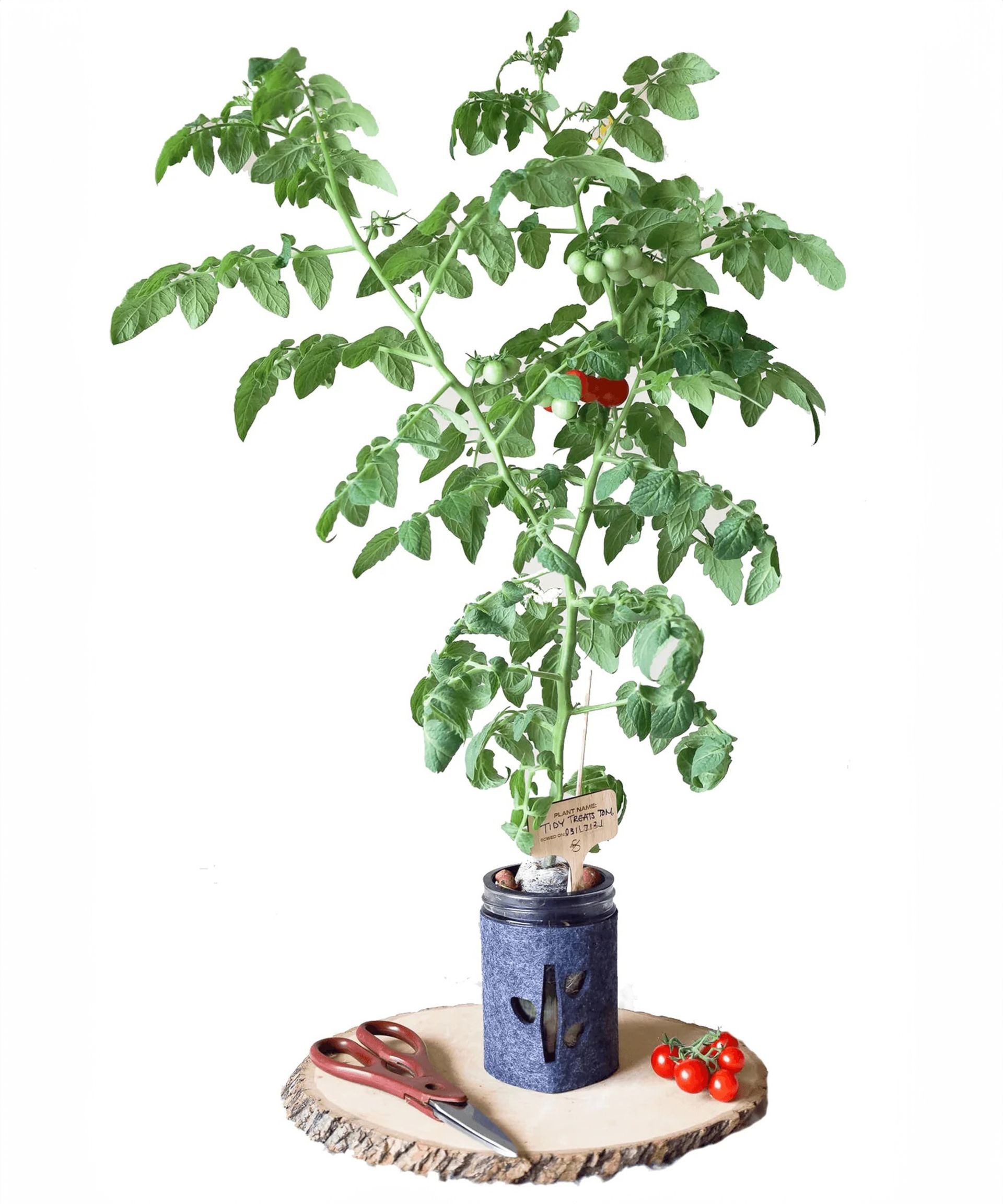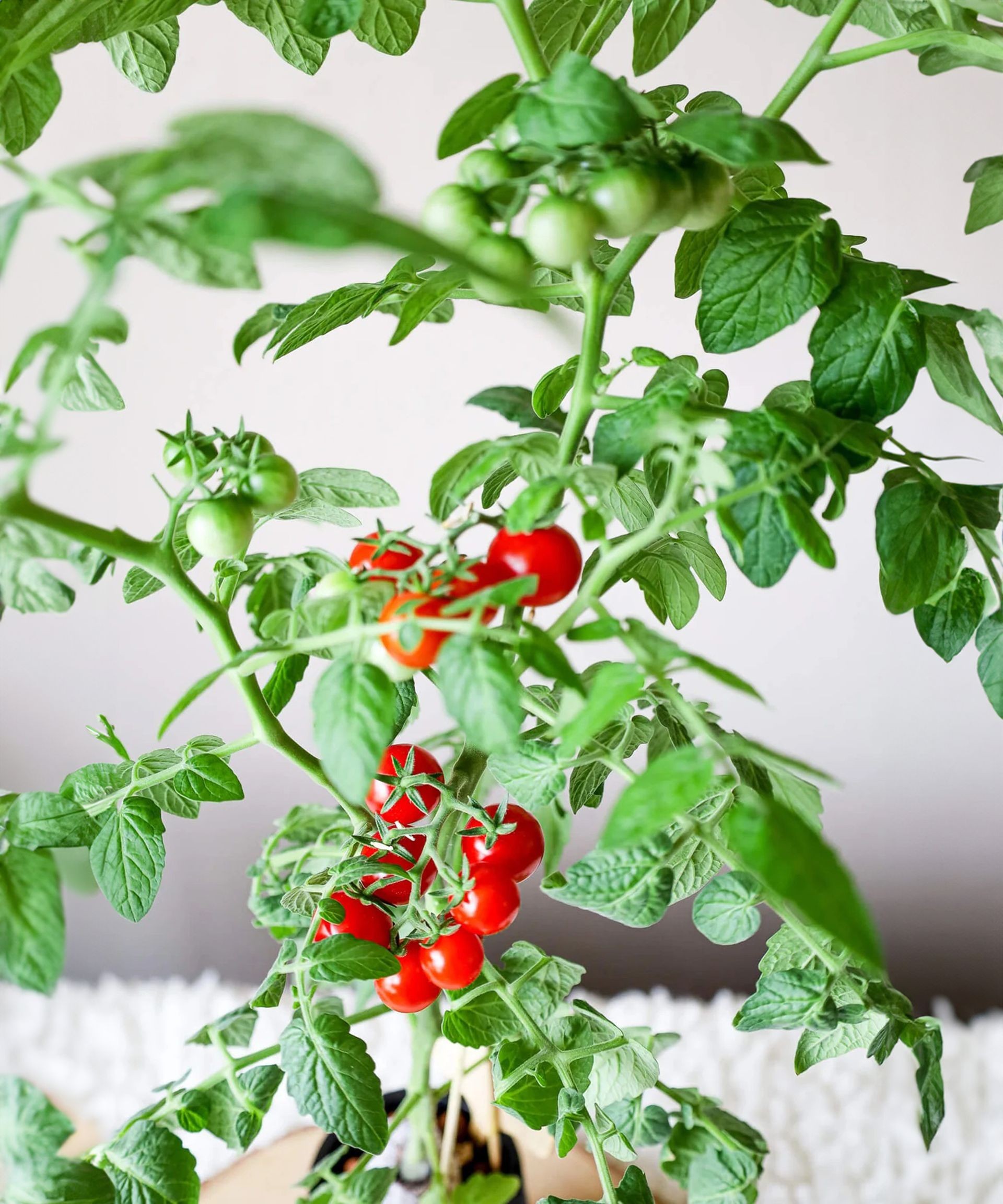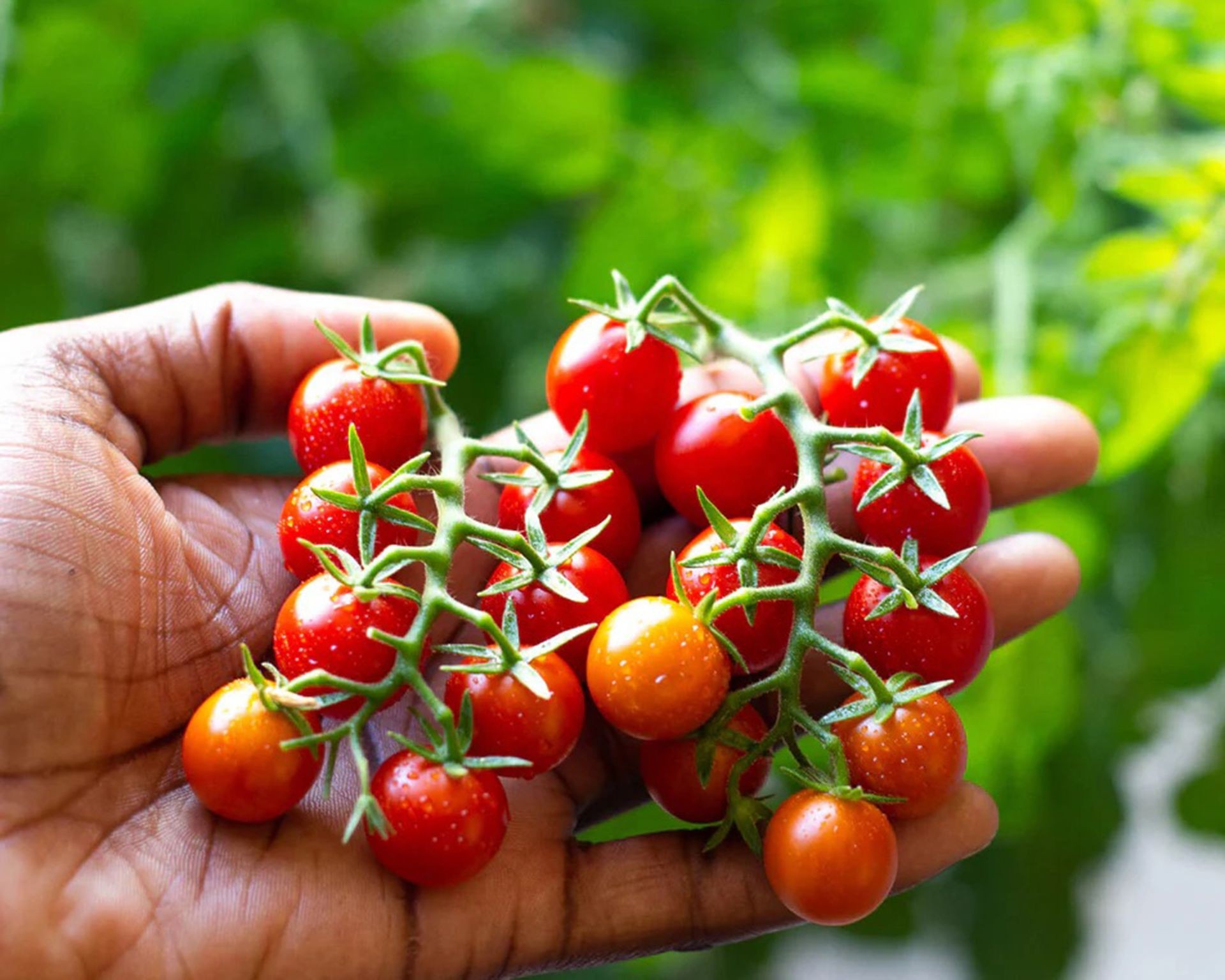No products in the cart.
NEWS
Master Growing Tomatoes Hydroponically Indoors: A Complete Guide
Dreaming of plucking fresh, ripe tomatoes straight from the vine, no matter the season? While often associated with outdoor gardens or large-scale operations, growing tomatoes hydroponically indoors is not only possible but also incredibly rewarding. Hydroponics, essentially cultivating plants in water enriched with nutrients rather than soil, opens up exciting possibilities for year-round produce right in your home. This method bypasses many traditional gardening limitations, making indoor tomato cultivation accessible to more enthusiasts.
Why Grow Tomatoes Hydroponically Indoors?
Opting for an indoor hydroponic system for your tomatoes offers a compelling set of advantages compared to traditional soil-based gardening.
- Year-Round Harvest: Traditional tomato growing is dictated by the seasons. With a controlled indoor environment, you can enjoy a continuous supply of fresh tomatoes throughout the year, regardless of external weather conditions.
- Cleaner Cultivation: Growing in a soilless medium like clay pebbles significantly reduces mess. There’s no soil splashback onto fruits, resulting in cleaner produce that requires less washing.
- Reduced Pests and Diseases: Indoor environments are naturally less exposed to common outdoor tomato pests and soil-borne diseases such as blight. This means healthier plants and less need for interventions.
- Resource Efficiency: Hydroponic systems deliver water and nutrients directly to the plant roots. This direct access allows plants to utilize resources highly efficiently, potentially leading to faster growth and higher yields with less water waste.
- Space Independence: Perhaps most appealingly, growing tomatoes hydroponically indoors requires no outdoor garden space, patio, or balcony. It’s an ideal solution for urban dwellers or anyone with limited exterior area.
Essential Supplies for Your Indoor Hydroponic Tomato Garden
Setting up a home hydroponic system for tomatoes is simpler than you might think and doesn’t require complex commercial-grade equipment. Here are the fundamental items you’ll need:
- A Suitable Container: Choose a container large enough to accommodate the developing root system. Clear containers can be helpful for monitoring root health, but ensure they are covered to prevent light exposure to the water, which can encourage algal growth.
- Growing Medium: A soilless medium provides structural support for the plants and helps aerate the roots. Popular choices include clay pebbles (LECA), rockwool, or coco coir.
- Tomato Seeds or Seedlings: Select compact or dwarf tomato varieties bred for smaller spaces or container growing. Cherry tomato varieties like ‘Tidy Treats’ are often recommended for their manageability and prolific yield in indoor settings.
- Hydroponic Nutrient Solution: Plants grown hydroponically require specific nutrients delivered through the water. Use a fertilizer formulated for hydroponic systems, ideally one tailored for fruiting plants like tomatoes, which provides essential macro and micronutrients, including calcium and magnesium.
- A Light Source: Tomatoes are light-hungry plants, needing at least 6-8 hours of bright light daily for growth and fruiting. A south-facing window receiving ample unobstructed sunlight might suffice in sunny climates, but supplementing with or exclusively using a full-spectrum grow light is often necessary, especially during darker months.
- Quality Water: Chlorine-free water is best as it helps plants absorb nutrients more effectively. If using tap water, letting it sit out for 24 hours can help dissipate chlorine.
 Hydroponic cherry tomatoes thriving in a clear mason jar indoor growing system
Hydroponic cherry tomatoes thriving in a clear mason jar indoor growing system
Getting Started: Planting Your Hydroponic Tomatoes
Whether starting from seed or transplanting a seedling, the process of initiating your hydroponic tomato garden involves placing the plant securely in the system.
If starting with seeds in a grow pod (a common method):
- Hydrate the grow pod until it is fully expanded.
- Sow tomato seeds approximately ¼ inch (6mm) deep in the center of the moist grow pod. Cover lightly with a bit of the hydrated medium.
- Place a layer of your chosen growing medium (like clay pebbles) at the bottom of your net pot or plant holder.
- Gently place the seeded grow pod into the net pot and fill around it with more growing medium until the pod is snug and level with the top of the net pot.
- Insert the net pot containing the seed and medium into your main container.
- Prepare your hydroponic nutrient solution according to the product instructions. Fill the main container with the solution until it reaches the bottom layer of the growing medium in the net pot. It’s crucial that the grow pod itself is not initially submerged, allowing the seed to germinate while the roots seek out the water reservoir below.
- Cover the container to block light from the water and place it under your light source.
If using a seedling, carefully rinse away all soil from its roots. Gently nestle the cleaned roots into the growing medium within the net pot, ensuring the stem and leaves remain above the medium surface. Fill the container with nutrient solution up to the level of the plant roots.
Nurturing Your Hydroponic Tomato Plants
Once planted, your hydroponic tomatoes will require consistent care to thrive and produce fruit.
Provide consistent and adequate light. Seedlings especially need dependable light exposure. A grow light ensures your plants receive the 6-8+ hours needed for robust growth and fruit development, essential year-round, particularly in winter.
Monitor the water level in your container frequently – every few days is a good practice. As the plant grows larger and uses more light, it will consume water faster. Top up with plain water as needed to keep the roots moist. It’s also vital to refresh the entire nutrient solution every week or two to prevent stagnation and ensure nutrient balance. Always use room temperature water for refills and solution changes.
Nutrients are the lifeline of hydroponic plants. Apply your liquid hydroponic fertilizer weekly or bi-weekly as recommended by the product, ensuring it contains a full profile of nutrients. According to Dr. Anya Sharma, an agronomist specializing in controlled environment agriculture, “Consistent and balanced nutrient delivery is paramount in hydroponics. Paying close attention to the plant’s needs at different growth stages is key to maximizing yield and plant health.”
Maintain a warm environment. Tomatoes prefer temperatures between 65-85°F (18-25°C). Avoid placing plants near drafty windows or heating vents that cause temperature fluctuations. Good air circulation, provided by a small fan, strengthens stems and helps prevent mold and mildew. For self-pollinating varieties, air movement or gently tapping the plants aids in pollen distribution for better fruit set.
As your indeterminate tomato plant grows (many indoor varieties are indeterminate and will keep growing), it will need support. Consider adding a small stake or cage to the container once the plant reaches about a foot tall to prevent it from toppling over. Pruning techniques, such as pinching off suckers that grow in the crotch of branches, can help the plant focus energy on fruit production and improve air circulation within the plant canopy.
 A young hydroponic tomato plant showing healthy leaf and stem growth indoors
A young hydroponic tomato plant showing healthy leaf and stem growth indoors
Harvesting Your Bounty
Harvesting your hydroponic tomatoes is one of the most rewarding steps. Pick individual fruits from a cluster as they ripen to a uniform, vibrant red color. Harvesting regularly encourages the plant to produce more flowers and, consequently, more fruit.
Indeterminate varieties like ‘Tidy Treats’ will continue to flower and set fruit as long as the plant remains healthy. With consistent care, you can expect these plants to produce tomatoes for eight months or potentially even longer, often surpassing the lifespan of soil-grown tomatoes.
Eventually, production will slow down. To ensure a continuous harvest, consider starting a new plant every six months so you always have a mature, fruiting plant ready.
 Freshly harvested, ripe 'Tidy Treat' cherry tomatoes grown using an indoor hydroponic method
Freshly harvested, ripe 'Tidy Treat' cherry tomatoes grown using an indoor hydroponic method
Growing tomatoes hydroponically indoors is a practical and enjoyable way to have fresh produce readily available. With the right supplies and consistent care, you can cultivate delicious tomatoes year-round, adding a touch of homegrown goodness to your table. Ready to give it a try? Explore the range of hydroponic supplies available at Biogarden.asia to kickstart your indoor tomato growing adventure.



